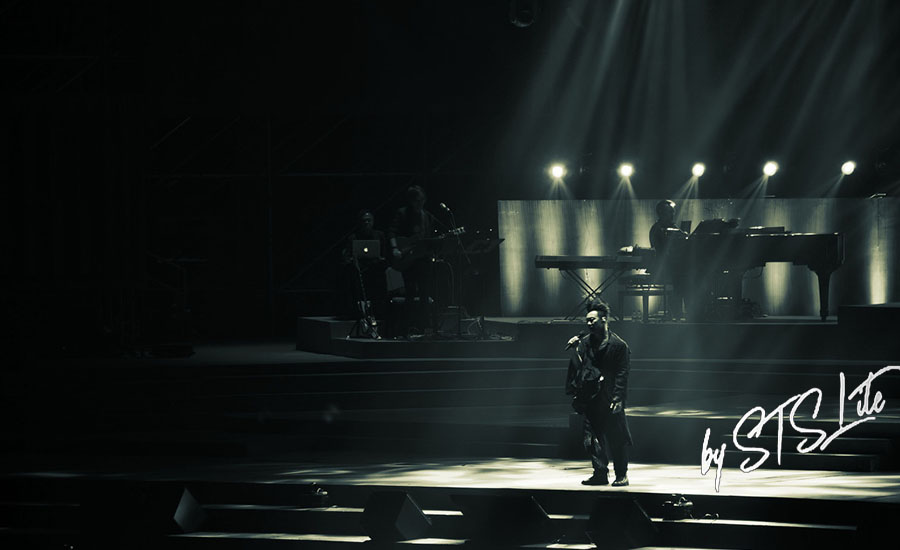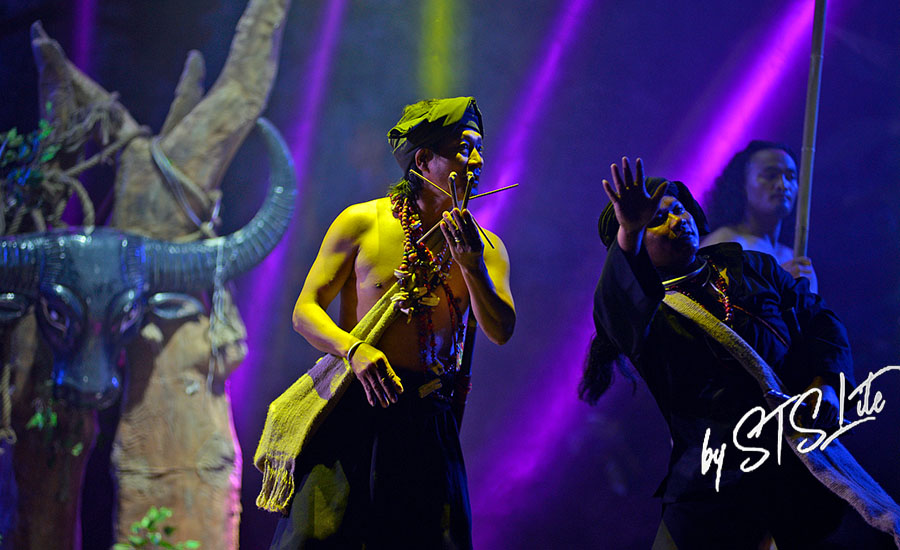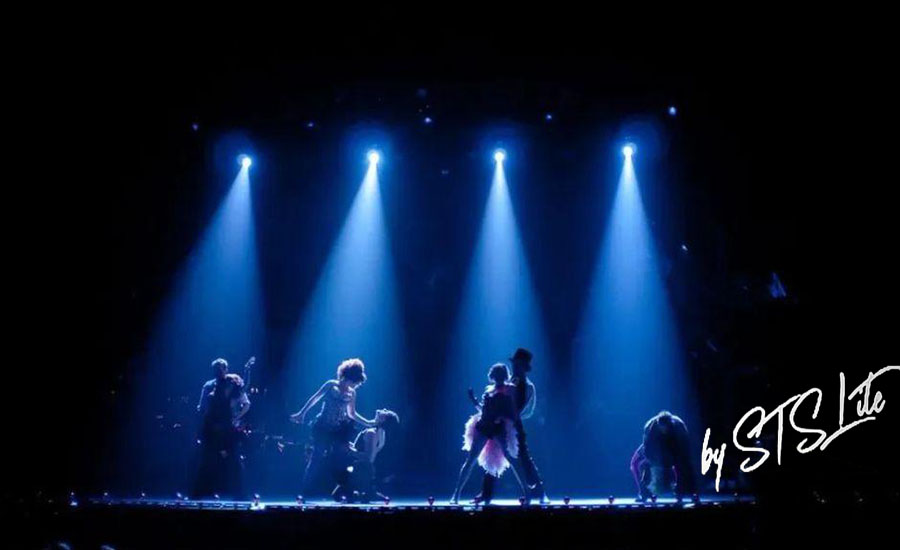Throughout the history of opera, stage lighting was insignificant at first, just for simple lighting. It is hard to imagine how the audience appreciates the opera art under the gray light. With the development of the times and the progress of science and technology, the audience's appreciation level is also constantly improving. In addition, a variety of foreign artistic elements have entered China, so we have to consider the overall artistic level of opera from the perspective of aesthetics. In this way, the audience has higher and higher requirements for stage art, stage lighting and sound props other than actors' performances.

The characteristics of drama determine the characteristics of drama lighting. It needs to carry out lighting design according to the needs of script theme, character performance, plot development, performance environment, director's elaboration and so on. In recent years, a large number of high-tech acousto-optic products have been applied to the stage, which has indeed added a lot to the development of drama and laid an important position of lighting in drama. Especially in ancient costume opera, it is particularly important. It not only illuminates the environment and characters, but also makes the characters three-dimensional and the background more real, so that the audience can see the changes of time, place and environment at a glance.
In opera, this is a commonly used means. It is mainly to provide an artistic space for actors to show their own level, and the audience can also be immersive. For example, the scenes in "Mulian opera" of Qi opera, because the sky curtain is black, the performance of time and space depends on the color change of light.
Mulian opera is an opera performance preserved in folk activities. It is named because it mainly plays the story of Mulian saving his mother. Lighting should be designed according to the needs of the plot and the grasp of the whole play to determine the light level, determine the projection angle, and the change of light area, which plays a great role in setting off the plot and conveying emotion. In a play at Naihe bridge, there is no lighting in the whole back area of the stage, while a group of side lights are cast on the bridge deck at the upper gate and the lower gate respectively; The ground computer lights in the sky curtain area take blue as the basic tone and spread from bottom to top. On the bridge at the upper gate, a group of orange return lights are cast to the leading role, so as to create an ethereal and gloomy picture. The actors put themselves in it and give people a feeling of pain, hesitation and helplessness under the contrast of dry ice and smoke, which has played a perfect artistic effect in rendering the plot and depicting the hearts of the characters.

The stage lighting always shows ingenuity in the portrayal of the characters' hearts. The lighting is opened in time according to the level, and the actors' expressions are seen again and again under the lighting. Special attention is paid to the grasp of the lighting effect to express the actors' inner feelings. The lighting is used to express the needs of each scene, the contradictions and conflicts of each specific drama scene, the grasp and setting of each actor's role, as well as the main purpose and appeal of the play. Therefore, the lighting has language and its own soul.
At present, the opera stage generally takes the mirror frame stage as the form of expression. In the drama stage performance, it always takes the actor as the center to convey the emotion to the audience. The actor is the main body of the play, and the light is an important auxiliary element on the stage. It serves the actor. Because limited by the stage premise, we can't express different periods and different characters like movies and television, but the use of lights can make up for this deficiency and give people a sense of both dream and reality. It is particularly important for the lighting performance of a play to deeply analyze and study the script, study the performance of actors, and excavate the inner emotional changes of actors to pass on to the theater audience.

With the joint efforts of the majority of stage artists, the development of stage lighting has made great progress and made a qualitative leap compared with the past. From simple lighting to today's real service for the plot, adding luster to the repertoire, from dispensable to indispensable, it has been proved by many excellent repertoires. The stage light not only paves the way for the plot, but also brings beautiful enjoyment to the audience in the performance. Modern stage lighting is far better than the expressiveness of the set in creating a virtual space. We have reason to believe that stage lighting will play a greater role and have a better prospect in future artistic expression.
Copyright © 2021 GuangZhou STS Lighting Equipment Co.,Ltd. | All Rights Reserved